Digital maintenance
Then there’s the matter of digital aids that facilitate activities at the point of maintenance in a timely manner.
“Meeting today’s customer service requirements places a premium on communication and transparency,” says David Krebs, vice president of research at analyst firm VDC Research. “Gone are the days of four-hour service windows. Customers expect omni-channel communications options and greater visibility into their service lifecycle.”
That’s the big picture. There’s also a significant change at the site of needed maintenance. Quite simply, digitization is literally bringing all needed expertise right to that point.
Traditionally, techs have been on their own when working on, say, a motor powering tilt-tray sorter No. 1. Digitization changes that. While only one person might be in front of that motor, an entire team of experts can provide remote support.
There are two components here. One is information about the condition of that motor. The other is on-site maintenance tools such as smart glasses, tablets and even smart phones.
![]()
The real interconnectedness of the maintenance operation relies on advanced data capture about equipment condition and the ability to feed that information directly to techs, explains Reader of Knapp.
For instance, sensors collect data showing the motor is running hot. This allows a tech to visit the motor right now and determine the appropriate maintenance action, often with the help of smart glasses.
Glasses usually combine a video camera, microphone, AR capabilities and even a bar code scanner. As Honeywell Intelligrated spokesman Whitney Ellis says, smart glasses are more than just a second set of eyes for on-site techs. They make possible real-time problem diagnosis and issue resolution with the help of service experts located remotely. In addition, data including schematics, videos and even augmented reality views can be delivered directly to the smart glasses, guiding the on-site tech, expediting the repair.
That’s a pretty neat package that’s also a major focus point for many suppliers. And with good reason. “Not only does this interconnectedness anticipate breakdowns, but it facilitates maintenance cost reductions and increases uptime,” says Reader.
On the lift truck side, suppliers such as Crown Equipment have built mobile service platforms, explains Kim Stachler, marketing connected product manager.
These platforms can connect to servers receivingtelematicsdata on a particular lift truck’s operation. That information might trigger a need for a maintenance tech’s attention to lift truck No. 24. Or, the facility’s operation manager may have noticed a problem and can notify maintenance of a problem with a simple smart phone app. Working on the truck, the tech can access key information on a tablet to help guide the repair.
“This is connected maintenance,” says Stachler. “It combines preventative maintenance, proactive dispatch and even wireless software updates. It truly illustrates the potential of the connected forklift as these systems continue to become more integrated.”
“Connectivity is the key,” says Hyster’s DeSutter. “A foundational service platform gathers data on the asset, develops an enterprise view of the fleet and how it needs to be serviced for maximum effectiveness out on the floor,” he adds. In other words, there are not only plenty of moving parts on a truck, but the fleet itself is made up of many moving parts, making connectivity a critical enabler.
Like Reader, Rosenberger is quick to point to all the data available directly from the equipment as it operates. “With advanced telematics, today’s lift truck is an information conduit about itself. Trucks themselves are smarter and share that data in real time,” Rosenberger adds.
He also points out that data is just data. It needs to be converted into information to effectively support the maintenance function. “And, yes, there is a direct correlation between that information and the effectiveness of the tech on the job,” says Rosenberger. That’s true for lift trucks and big, automated systems.
Yes, we are in the early stages now. But watch out. As DeSutter says: “Maintenance connectivity is table stakes going forward. With the advent of digital, the maintenance paradigm has already changed forever.”

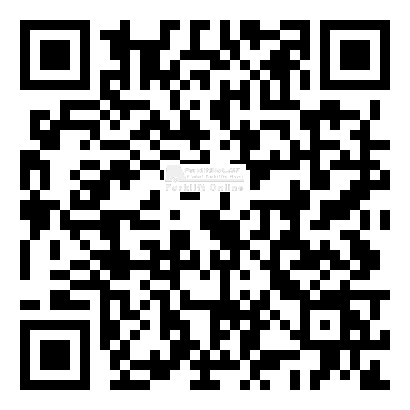


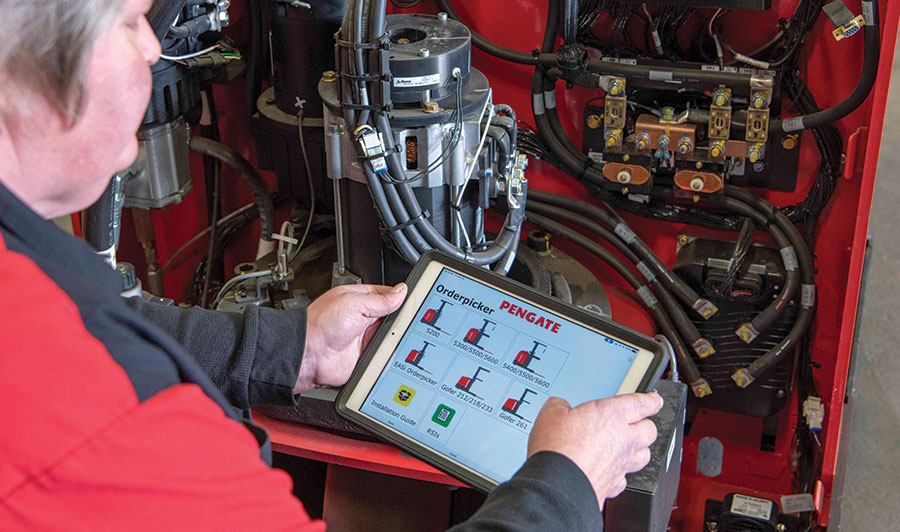

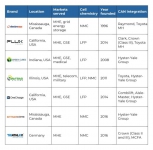
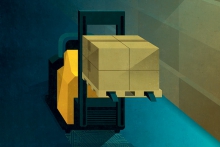




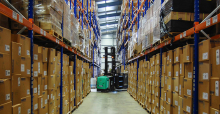
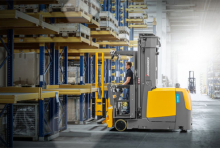



 粤公网安备 44010602003952号
粤公网安备 44010602003952号